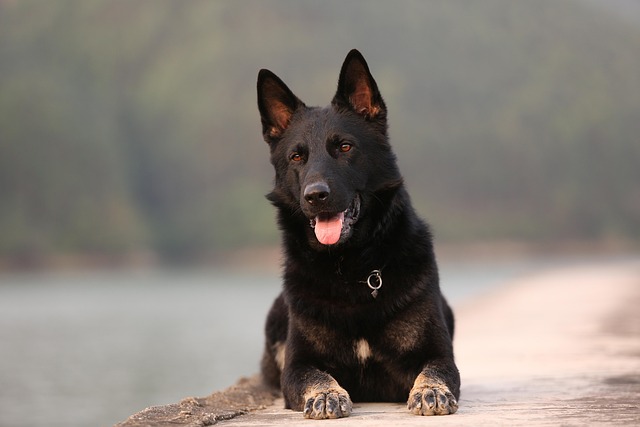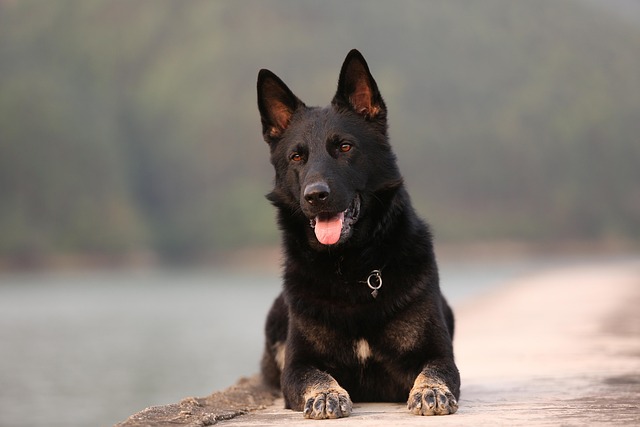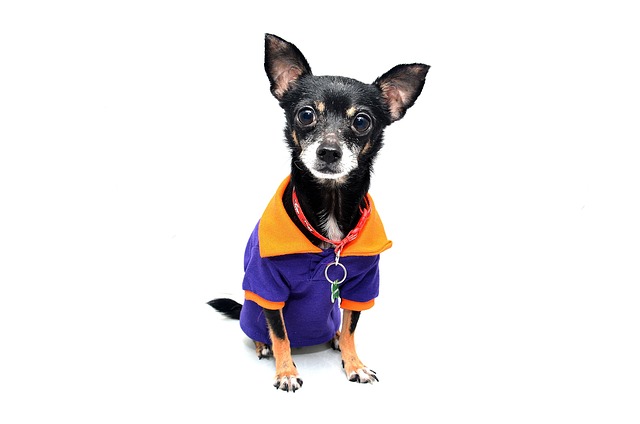Imagine you’re in a frigid Detroit morning, pulling on your gloves while your 7-month-old French Bulldog, Lola, presses her nose to the apartment window—excited for a walk, but when you open the door, she steps back, lifting one tiny paw like the snow burns. You kneel down, and your heart drops: Her paw pads are pink and chapped, already dusted with ice. If this makes you rush to Google “What can I put on my dog's paws to protect from the cold,” you’re one of thousands of new U.S. dog owners struggling to keep their pups’ paws safe in winter—especially in states where snow and road salt turn simple walks into a risk.
Here’s the no-jargon science: A dog’s paw pads have tough skin, but winter’s cold and chemicals break that barrier fast. Road salt (the white stuff on sidewalks) is the biggest threat—it dries out pads, causes stinging, and can make your dog sick if they lick it off. Ice crystals also scrape and crack pads, while temps below 20°F (-6°C) slow blood flow to paws, raising the risk of frostbite. Not all dogs need the same protection: Thick-coated breeds like Huskies have naturally tough pads for cold, but small, short-haired pups (like your French Bulldog) or seniors? They need extra help. My friend in Chicago learned this hard: She skipped paw protection for her Shih Tzu last winter, and his pads cracked so bad he needed vet ointment—now she never leaves home without a paw-safe product.
The good news is, there are easy, dog-friendly things you can put on their paws—no fancy gear required. First, vet-approved paw wax: Think of it as chapstick for paws. Rub a tiny dollop (about the size of a pea) on each pad, then let it dry for 30 seconds—it creates a waxy barrier against salt and ice. Most dogs barely notice it, and it washes off easily with a damp cloth. Second, pet-safe paw balms: Look for ones with natural ingredients like shea butter or beeswax—they soothe chapped pads while protecting them. For extra cold days (below 10°F/-12°C), pair wax with soft, non-slip booties: Pick waterproof ones that fit snug (you should slide a finger between the bootie and paw) to block snow and salt. Test booties indoors first: Let Lola walk around your apartment with one on, then give a freeze-dried chicken treat—positive reinforcement turns it into a game, not a fight.

Don’t forget U.S. rules and community habits that tie into paw care. First, keep your dog’s rabies and flu vaccines up to date—winter weakens their immune system, and most dog parks in Chicago or Minneapolis require proof of shots before letting pups play. Always carry waste bags on walks: Even with protected paws, you still need to pick up poop—leaving it behind is illegal (I saw a dad get a $35 ticket in Denver last week!) and unsanitary for other dogs. In apartments, keep a towel by the door: Wipe your dog’s paws (and booties!) after walks to remove salt—this stops it from getting tracked onto your carpet (your landlord will thank you) and keeps your pup from licking toxic salt. Most importantly, never punish your dog for resisting paw care: Yelling or holding their paw down goes against U.S. animal welfare standards (the ASPCA calls this “trust-breaking”). If Lola squirms, take a break, give a treat, and try again—patience works better than force.
At the end of the day, the goal is comfort. If your dog walks happily on snow with just paw wax? Great! If booties help them stop whimpering? Even better. With these simple products and a little training, you’ll both enjoy winter walks—no more sore, chapped paws, just a happy pup bounding through the snow.






